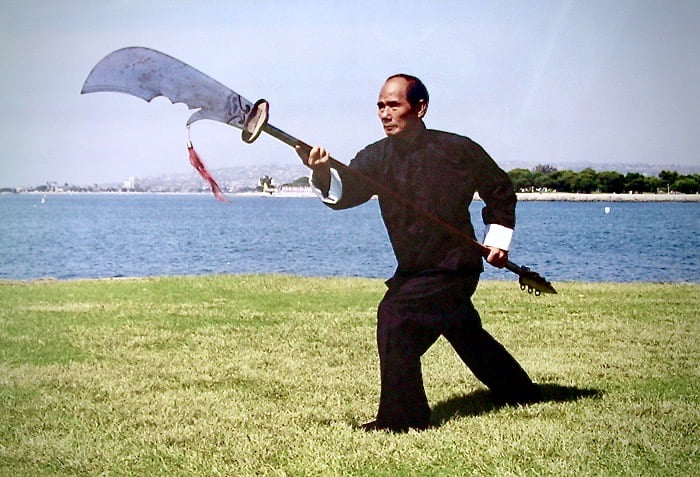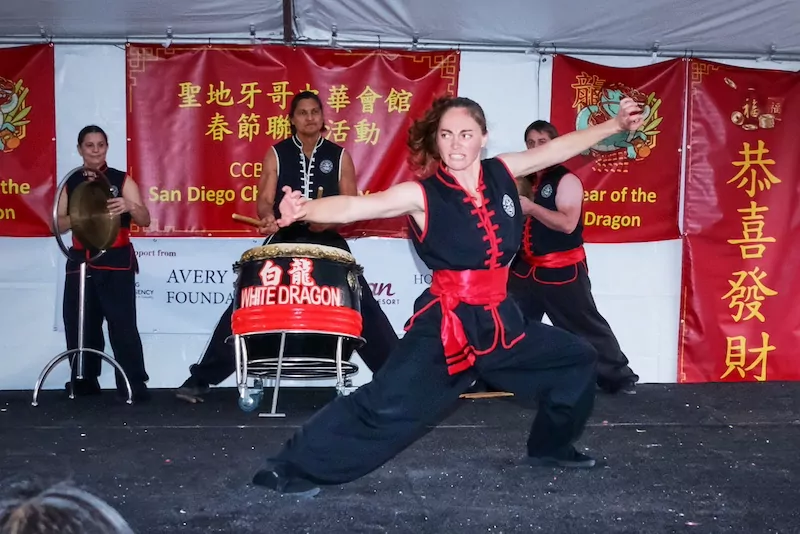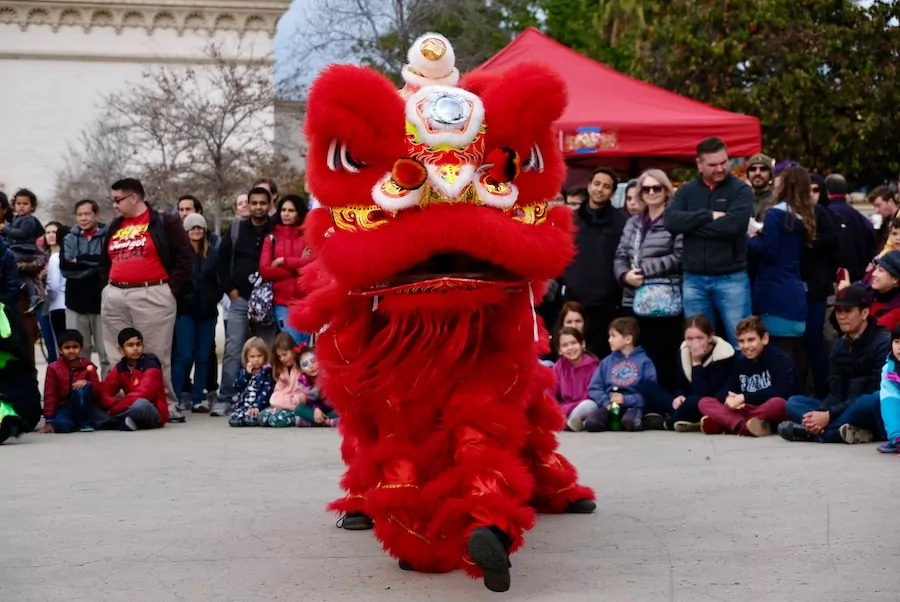The White Dragon School Blog

Karate’s Chinese Connection Part 1
Karate’s Chinese Connection
As a kung fu and tai chi teacher, one of the most common questions I get asked is, “What is the difference between kung fu and karate?” My short answer is, “Kung fu is the name given to the martial arts of China and karate comes from Japan.” On the surface, this brief answer works but it doesn’t pay proper respect to the origins of both kung fu and karate styles.
Although karate might be considered the quintessential Japanese martial art, “karate” (Kara te) was initially written as “Chinese hand” (唐手) in kanji. The word “Kara” is Japanese for “Tang” or “China,” and ” te” is “hand.” So the literal translation of “karate” means “Chinese hand” or “Tang Dynasty hand.”
The Tang Dynasty ruled from AD 618-907 in what was known as the “Golden Age” of ancient China. During the Tang rule, China experienced a period of peace, prosperity, and influence. The Tang Dynasty had widespread impact on all parts of Asia, which included the Ryukyu Kingdom of which Okinawa was a part. To better understand the Chinese roots of Japanese karate, you have to look West.
Bodhidharma and the Shaolin Temple
The story of Bodhidharma is largely based on legends. It is believed that he was born of Indian royalty in the 6th century and left his princely position to spread Buddhist teachings throughout China. He traveled to China’s Henan province and settled in Mt. Song, home of the renowned Shaolin Temple. Bodhidharma saw that the monks of the temple were in a poor physical state and unable to endure long hours of meditation. He then taught them a series of exercises that would strengthen their minds and bodies. These exercises would later develop into Shaolin Kung Fu.
Shaolin Kung Fu spread to all parts of China and would give rise to several hundred unique styles. Kung fu can be loosely divided into northern or southern systems. Northern styles are known for their kicking and fast moving footwork, whereas southern styles are known for close combat hand techniques. It was southern kung fu that would have a profound impact on the development of Okinawan martial arts. Southern kung fu is perhaps best known for styles such as Wing Chun, Hung Gar, Choy Li Fut, and White Crane, just to name a few.
The Ryukyu Kingdom and Okinawan Te
The Ryukyu Kingdom (AD 1429-1879) was a tributary state of Imperial China and consisted of a chain of volcanic islands which stretched from the southern tip of Japan to Taiwan. The largest island in the archipelago was Okinawa. Because of its geographic location, only 400 nautical miles east of Fujian Province and the southeastern part of the Chinese mainland, the Ryukyu Kingdom played a central role in maritime trade.
Although the details and dates are unclear, it is believed that the first transfer of martial arts between China and Okinawa took place in the late 14th century. At the time, there was a settlement of Chinese living among the Okinawans. This community would form the foundation of cultural exchange and play a vital role in the development of karate.
During this period, three distinguished forms of Okninawan “te” emerged. Named after their villages of origin (Shuri, Naha, and Tomari), the styles were Shuri-te, Naha-te, and Tomari-te. These martial arts were collectively referred to as “Tode” (唐手) which also translates to “Tang Hand.” The word “te” would continue to be used as a general term to describe Okinawan martial arts until the 20th century.
Read part 2 here.



















5 Comments
Valuable read. Thanks for sharing the knowledge!
Thanks for the feedback!
I just went to your site. i have a question is this a good way to contact you?
[…] Part 2 of our article about the origins of modern day karate. Read part 1 here. […]
[…] its mythical origins to its martial arts connection, lion dancing is as popular today as ever before. It continues to be a staple practice in a […]